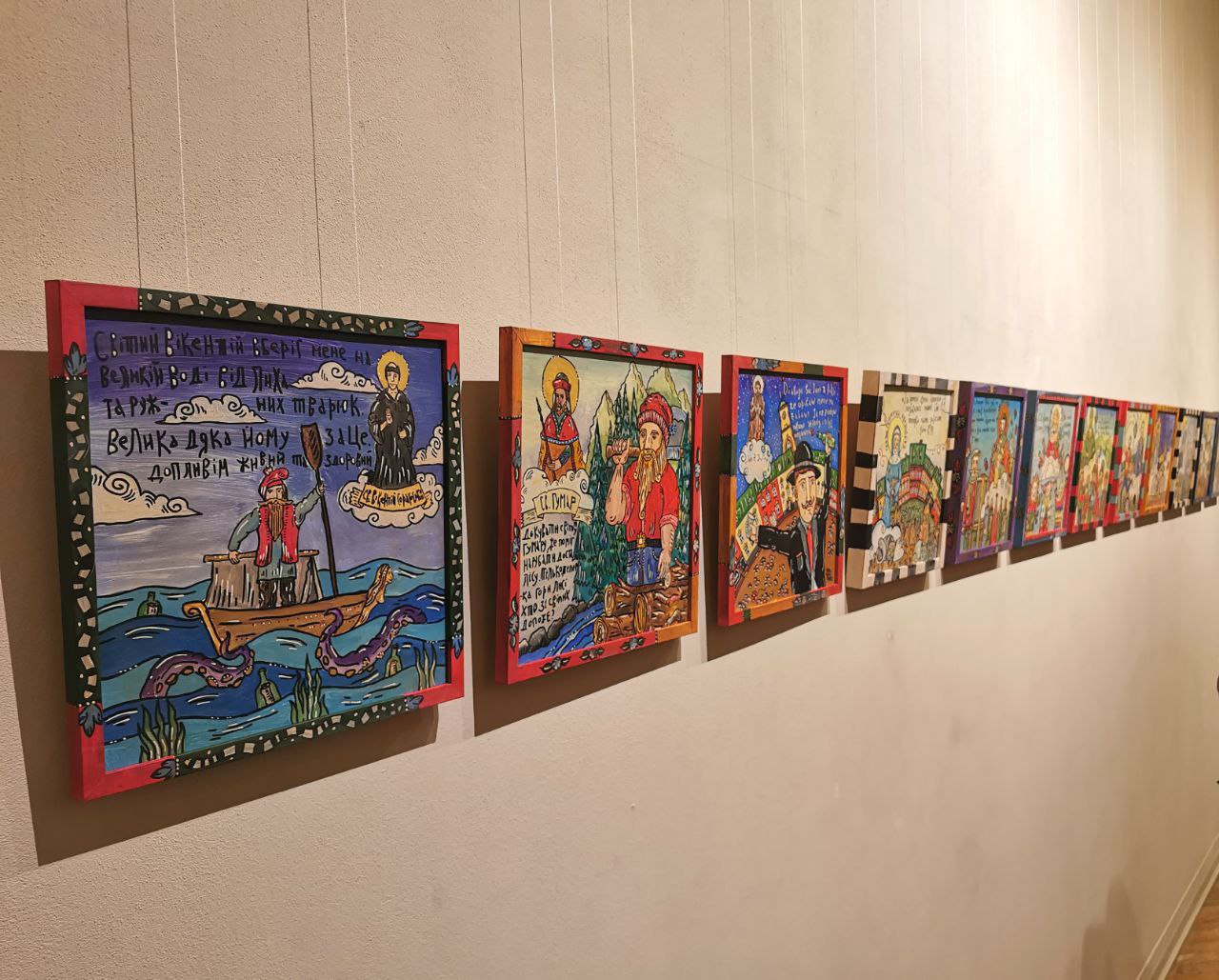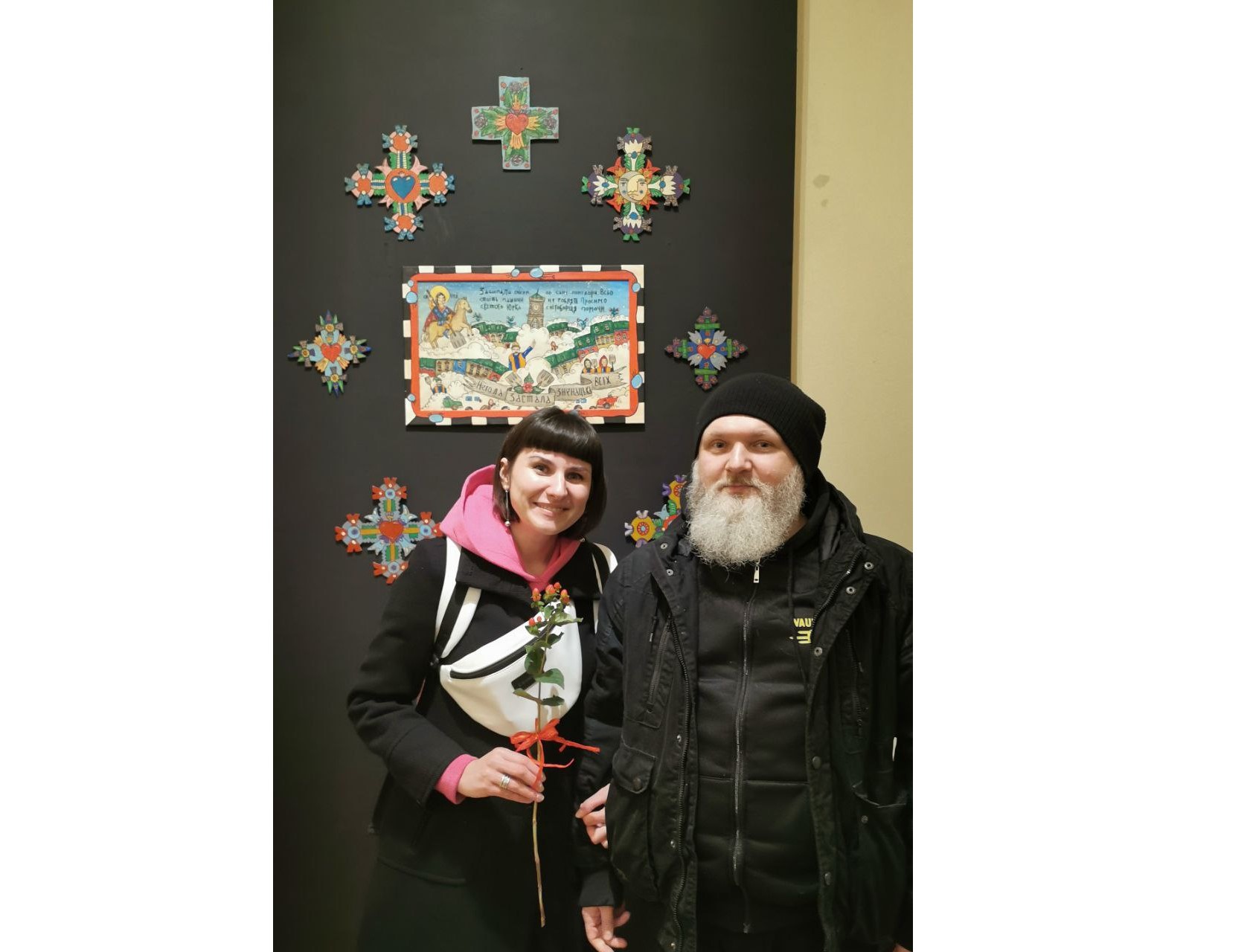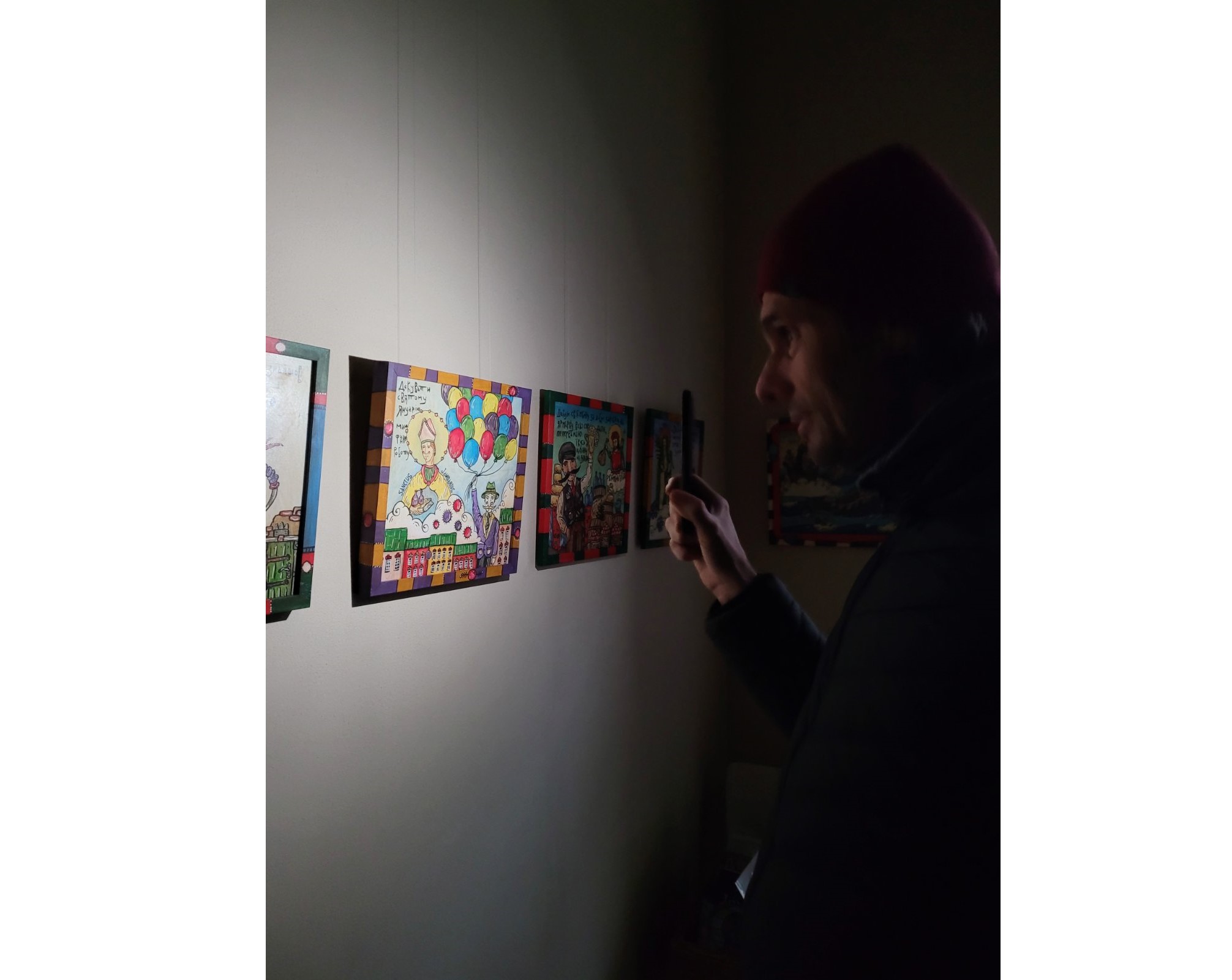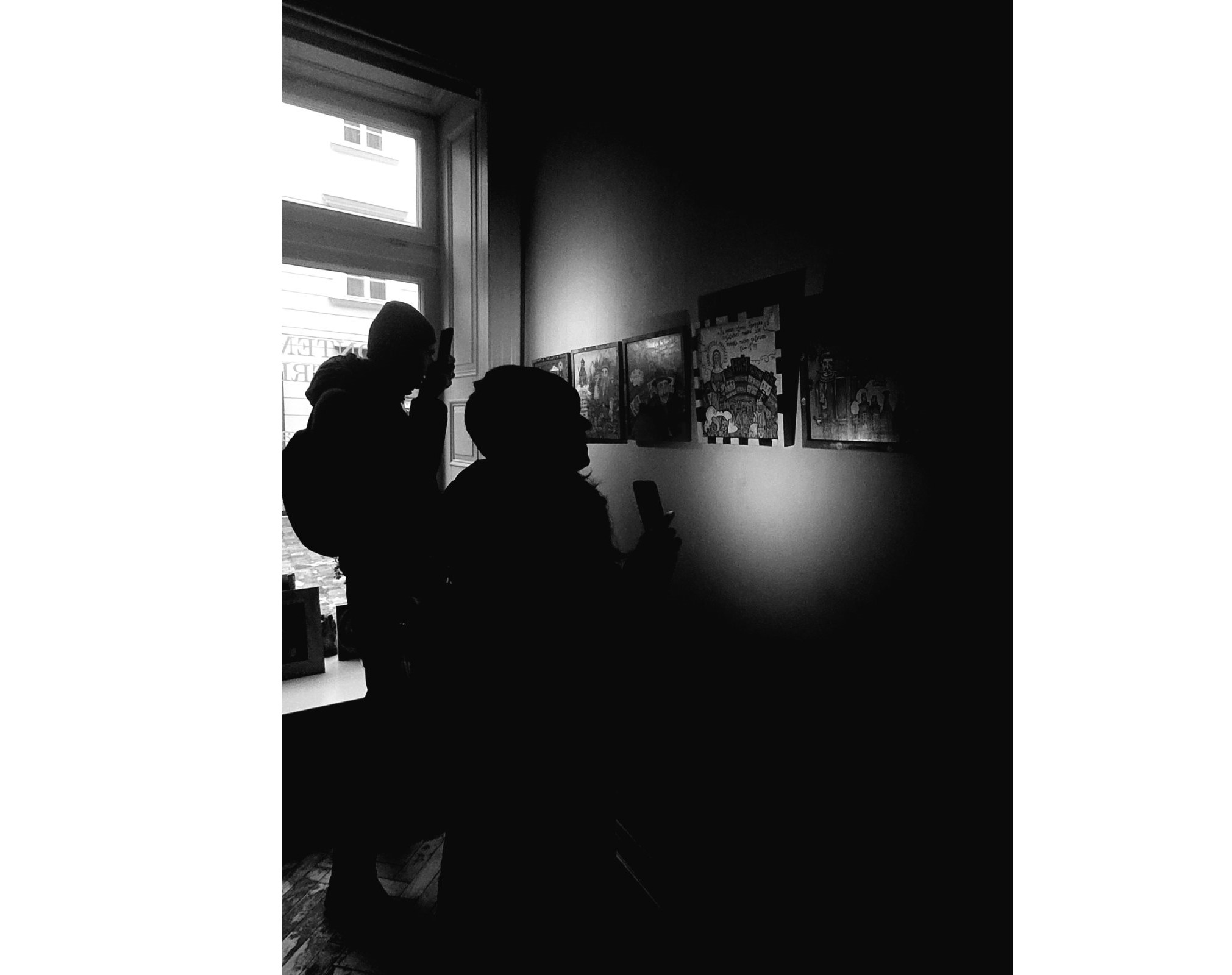Among the inhabitants of Catholic Mexico, a common cultural phenomenon is religious paintings called retablos. People order artists in small formats to record their gratitude to their heavenly patrons for life's misfortunes, fortunes or specific happy events or requests to the saints of the Catholic Church. The world-famous artist Frida Kahlo is one of the first to popularize this kind of special art.
There is also such a phenomenon as a votive (votum) - a sacrifice, a gift for a certain vow or out of gratitude for salvation or recovery from serious illnesses. Most often, votives were made in the form of metal plates with images of people, animals, diseased parts of the body (legs, hands, eyes). Such things date back to the time of Greek civilization. Over time, this tradition developed and migrated into Christianity. In the countries of Catholic Europe, votives in the form of metal or wax parts of the body, which were placed near icons or attached to them, became very popular. In Europe, in addition to votive objects, drawings on wooden panels gradually began to appear, on which important events for a person, a certain community or a city were recorded. They gained particular popularity in Spain, Portugal (retablos), Holland and Germany, where they were called Votiv Tafel.
My Galician retablos are an improvisation in the style of this unique but close to me theme. This is my attempt to understand and interpret the phenomenon of votive painting, giving it our Galician flavor and meaning.






